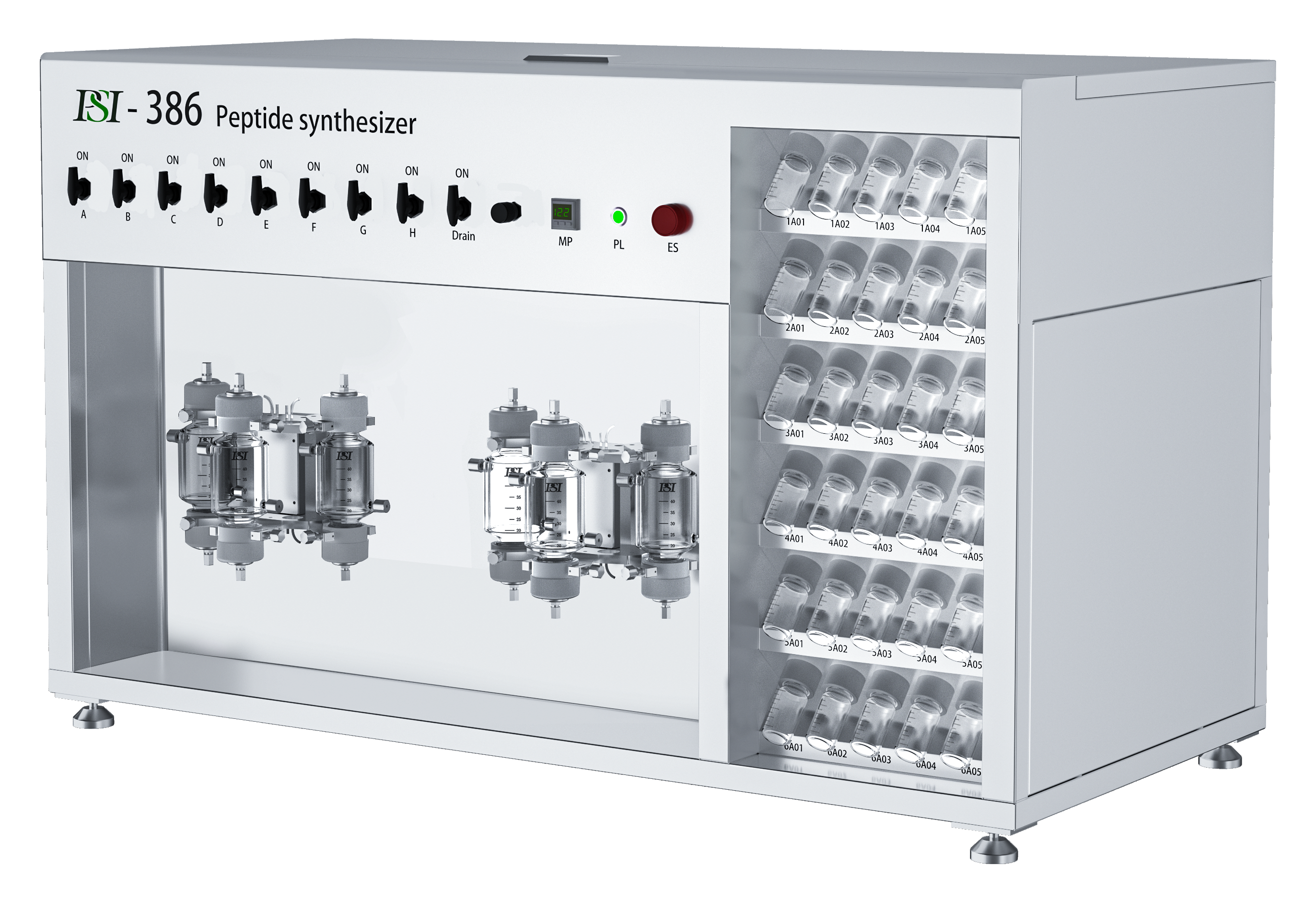Automated Operation and User Guide for the Six-Channel Peptide Synthesizer
Release Time:2025-11-12
Number of views:3
The six-channel peptide synthesizer serves as a vital tool in biochemical research, providing efficient and precise solutions for peptide synthesis through its automated workflow. Mastering its automated operational characteristics and standardized procedures is key to obtaining high-quality synthetic products.
I. Core Advantages of Automated Operation
Automation significantly enhances the efficiency and reliability of peptide synthesis. Its automated system precisely controls critical reaction steps—including amino acid activation, coupling, and deprotection—ensuring consistency across each synthesis cycle. Multi-channel parallel processing enables simultaneous execution of six independent peptide synthesis sequences, substantially boosting experimental efficiency. Automated operation minimizes human intervention, reduces the risk of operational errors, and guarantees precise reproducibility of experimental conditions. Intelligent reaction condition control, including precise regulation of temperature, time, and reagent flow rates, provides an optimal reaction environment for peptide synthesis. Systems typically feature real-time monitoring capabilities to track reaction progress and promptly alert for anomalies.
II. Standard Operating Procedures
Using a six-channel peptide synthesizer requires adherence to standardized operating procedures. Pre-experiment preparation involves selecting suitable resin carriers, amino acid substrates, and reagents, ensuring all materials meet synthesis requirements. Design the synthesis strategy based on the target peptide sequence, determining the coupling sequence and protection strategy. During initialization, verify the status of each channel, ensuring unobstructed tubing and sufficient reagent supply. Sequence programming requires accurate input of the target peptide's amino acid sequence and synthesis parameters, setting reaction conditions for each cycle. Throughout synthesis, the system automatically executes steps like deprotection, coupling, and washing, while operators must periodically check equipment status. Upon synthesis completion, thorough washing and resin processing are required to prepare for subsequent peptide cleavage and purification.

III. Operational Considerations
Multiple critical aspects demand attention during operation. Resin selection must be based on the target peptide's characteristics and subsequent application requirements. Amino acid protection strategies directly impact synthesis success rates and require careful design according to sequence features. Reagent quality is paramount to synthesis outcomes; high-purity reagents should be used with strict adherence to storage conditions. Equipment maintenance includes regular cleaning of tubing, inspection of seals, and calibration of critical components. Troubleshooting requires identifying root causes based on system alerts and observed phenomena, followed by appropriate corrective actions.
IV. Optimization and Maintenance
To sustain optimal performance, establish a systematic maintenance schedule. Regularly replace consumables, clean reaction chambers, and calibrate sensors to ensure long-term stable operation. Operators should undergo training to understand equipment principles and operational techniques. Optimize synthesis strategies based on experimental requirements to enhance peptide yield and purity.
The six-channel peptide synthesizer delivers efficient, reliable solutions for peptide synthesis research through its automated workflow. Standardized operation and scientific maintenance ensure high-quality peptide products, advancing biochemical research.




